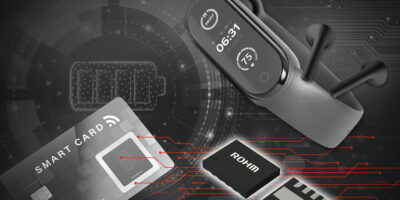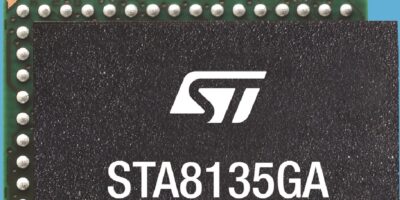One solution to address the issues of sustainability, energy efficiency, low cost systems, connectivity and convenience in lighting through flexibility is the wireless and battery-free RF pushbutton module, according to ZF.
Cables typically connect lighting components and pushbuttons in buildings, and while this is cheap and simple to install, the initial low maintenance can quickly turn into an expensive undertaking. When modifying buildings, updating cables between lights, actuators or sensors can be expensive and require planning, knocking down walls, laying new wires and returning the building to its previous state.
ZF offers a sustainable alternative based on RF and free of batteries and wires. This concept eliminates the disadvantages of wired and battery powered systems. A tiny and compact generator (20.1 x 7.3 x 14.3mm) produces enough energy by pressing the button by means of induction, so that it can reliably transmit RF commands to a paired receiver. The wireless solution guarantees flexibility and the possibility to retrofit easily according to individual requirements, says ZF. The battery-free module offers a lifetime of 1,000,000 switching cycles, and avoid maintenance and disposal requirements of battery replacements.
The RF light switch module from ZF is claimed to be the only one which is directly compatible with the RF standard KNX-RF and it also supports the RF standard EnOcean3.0. In co-operation with onsemi, ZF has published a reference design for an energy harvesting Bluetooth 5.0 Low Energy switch and a first demo light switch module. It is compatible with standard frames and can also be combined with customer-specific control and design panels.
ZF supplies systems for passenger cars, commercial vehicles and industrial technology, enabling the next generation of mobility. ZF operates in four technology domains, namely vehicle motion control, integrated safety, automated driving, and electric mobility. ZF offers product and software for established vehicle manufacturers and newly emerging transport and mobility service providers.







